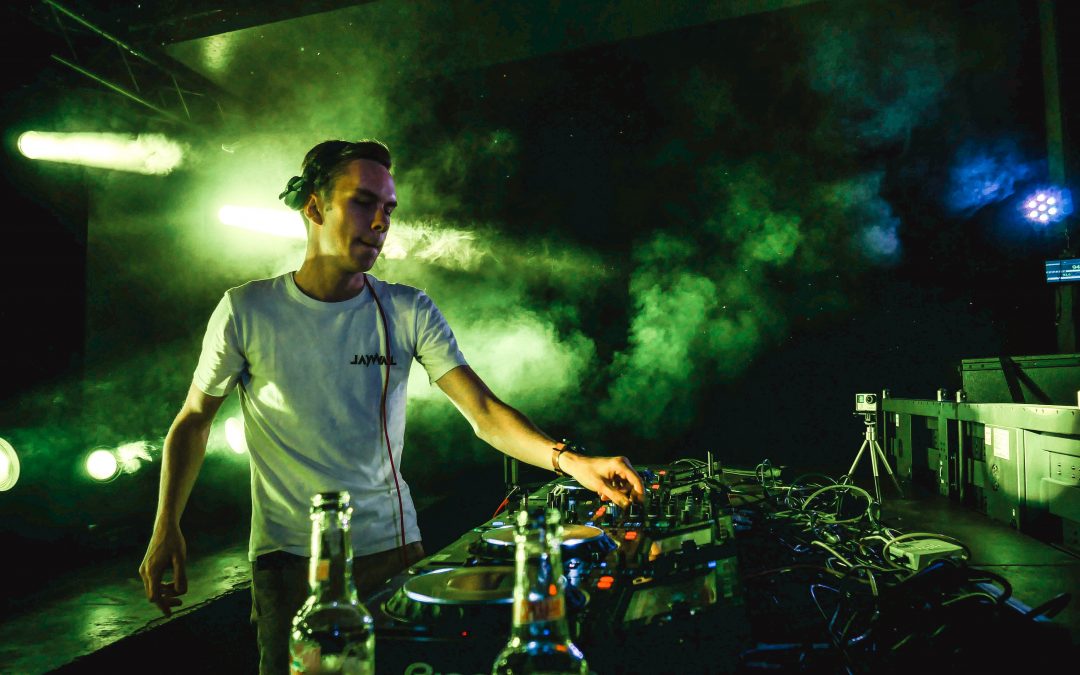Traditionally, DJs that started mixing (initially) with vinyl agreed that a track can sound completely different when the tempo/speed was changed. Moreover song pitch, they agreed, that speeding it up or slowing it down the song too much just to be able to bridge a big difference in pitch didn’t sound good at all. The speed of a song is not something to be reckless with.
Changing the speed of a track drastically will greatly affect the original feel of the track.
When a producer has a certain vibe in mind, they determine that all of the elements would match perfectly at a certain tempo/speed. If, for example, the flow of their track, the kicks and the snares shine at 101 BPM and we, as DJs we can increase or decrease the BPM by 3, 10, 30 or even more BPM on top of that (especially if we talk about digital DJs) and ,melodically, it would sound just about the same. However, the drums will almost certainly not have that same pop and warmth that give the track that original vibe.
This is not to say that changing the song pitch and experimenting as you see fit is a bad thing. If you’re looking to get new and unexpected sounds, that’s one of the many ways you can approach this path. What we need to take from this is what we’re doing to the feel of the track when we go about changing the pitch so much, especially when playing in front of a bigger crowd.
You can alter the pitch of a song with great difference, but in future.dj pro you have the option to set a small percentage of change in your pitch fader, which gives you very fine detail of adjustment. Fine tuning results in a much more seamless mix.
Sure, most party goers might not even sense what you’re doing, but as DJs there is a responsibility in keeping things professional and treating your art with respect. For the sake of making a transition, there can be many moments in which changing the pitch A LOT will glide your mix smoothly. The point is that the pro DJs out there, even if they do something like this, always start scaling back the pitch to its initial position after the transition was made.
You don’t have to mix everything to prove how crazily diverse your set is. Creating a smooth musical journey will always sound more appealing.
There are of course many tricks that you can use to your advantage to transition between two very pitch different tracks, without actually mixing them. So, how do you treat song pitch? Let me see in the comments just some of the ways you’re using to make your transitions.



Thank your for this very important topic.
In the vinyl days there was a natural limit how much you could increase/decrease the pitch. As the Technics 1210s had a maximum pitch of +/- 8 %.
As far as dance tracks were concerned, most songs had the best impact, if they were pitched at 1 % to 2 %.
And my dj mentors at the time told me never to use the pitch more than 4,5 %, except when it was absolutely necessary.
In order to get from 96 BPM to 110 BPM, I had to get creative and mix a filler song in between. Let’s say, using a song with 104 BPM.
Cheers,
DJ Rewerb